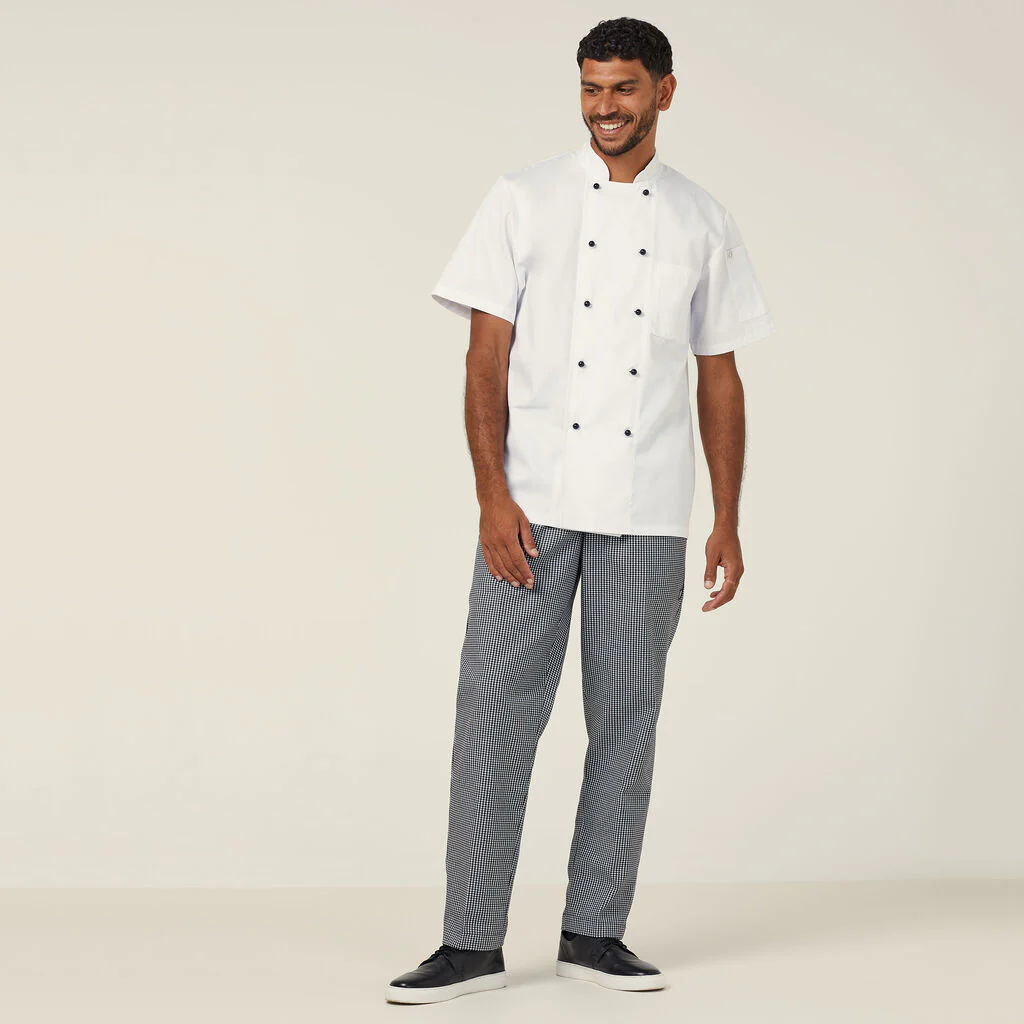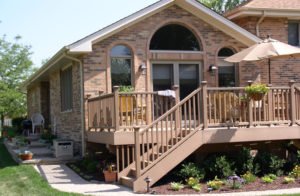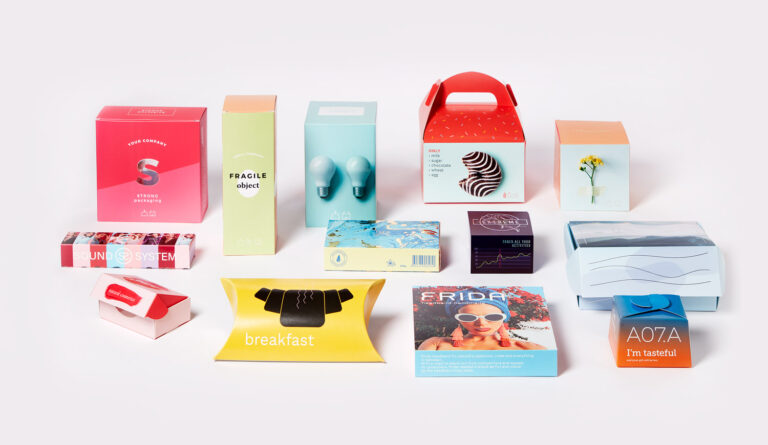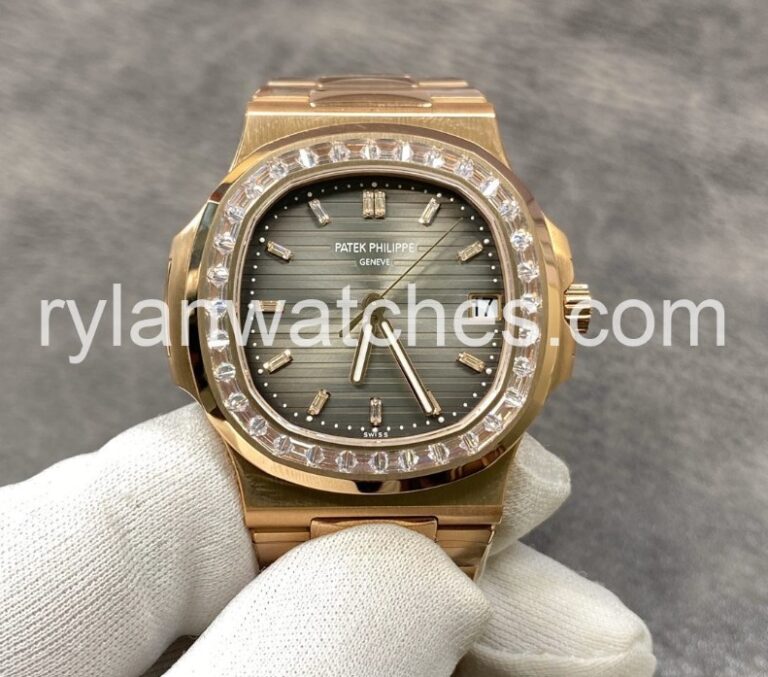Chef pants, an often overlooked but essential piece of kitchen attire, have undergone significant evolution over the years. While the classic image of a chef might conjure visions of a pristine white coat and tall toque, the importance of comfortable and functional pants cannot be overstated. In the high-pressure environment of a professional kitchen, where chefs spend long hours on their feet, the right pair of pants can make all the difference. This article explores the history, design, and impact of chef pants on the culinary world.
The Evolution of Chef Pants
Early Beginnings
The origins of chef pants can be traced back to the early days of professional cooking, where functionality and durability were paramount. Initially, chefs wore simple, utilitarian clothing that could withstand the rigors of the kitchen. These early versions were often made from heavy, durable fabrics like wool or linen, chosen for their ability to endure frequent washing and the occasional kitchen mishap.
The Modern Transformation
As the culinary profession evolved, so did the attire. The introduction of lighter, more breathable fabrics marked the beginning of modern chef pants. Cotton and polyester blends became popular choices, offering a balance between comfort and durability. The design also started to incorporate features specifically tailored to the needs of chefs, such as multiple pockets for tools and elastic waistbands for flexibility.
Key Features of Modern Chef Pants
Comfort
Comfort is a top priority in the design of modern chef pants. Chefs often work long shifts, standing for hours and moving constantly. To address this, many chef pants now feature elastic waistbands, drawstrings, and stretchable fabrics. These elements ensure a comfortable fit that allows for a full range of motion.
Durability
Kitchens are harsh environments, and chef pants must be able to withstand daily wear and tear. Reinforced stitching, durable fabrics, and heavy-duty zippers are standard features in many chef pants. These elements contribute to the longevity of the garment, ensuring that it can handle the demands of a busy kitchen.
Functionality
Functionality is another critical aspect of chef pants. Many designs include multiple pockets, strategically placed for easy access to tools and utensils. Some pants also feature loops or straps for holding towels or other essential items. These functional elements help chefs stay organized and efficient during service.
Hygiene
Hygiene is of utmost importance in a kitchen, and chef pants are designed with this in mind. Fabrics that are easy to clean and resistant to stains are commonly used. Additionally, the design often includes features that minimize the risk of contamination, such as deep pockets that prevent tools from falling out and creating a mess.
The Impact of Chef Pants on the Culinary Industry
Enhancing Performance
The right pair of chef pants can significantly impact a chef’s performance. Comfortable, well-fitting pants allow chefs to move freely and focus on their tasks without distraction. This, in turn, can lead to increased efficiency and productivity in the kitchen.
Promoting Safety
Safety is a major concern in any kitchen, and chef pants play a crucial role in protecting chefs from potential hazards. Many designs include flame-resistant fabrics and reinforced areas that provide an extra layer of protection. Additionally, the use of non-slip materials in the construction of chef pants can help prevent accidents caused by slipping or tripping.
Boosting Morale
Professional attire can have a significant impact on morale, and chef pants are no exception. Wearing comfortable, functional clothing can boost a chef’s confidence and sense of professionalism. This positive mindset can translate into better performance and a more cohesive team dynamic in the kitchen.
Chef Pants in Different Culinary Environments
Fine Dining
In fine dining establishments, where presentation and precision are paramount, chef pants often adhere to a more formal aesthetic. Black or checkered patterns are common, providing a sophisticated look that complements the overall uniform. The design focuses on a tailored fit that maintains a professional appearance without sacrificing comfort.
Casual Dining
Casual dining environments allow for more flexibility in the design of chef pants. Bright colors and patterns may be used to reflect the restaurant’s ambiance and branding. Comfort and functionality remain key considerations, with many chefs opting for pants with elastic waistbands and multiple pockets.
Specialty Kitchens
Specialty kitchens, such as bakeries or sushi bars, may have specific requirements for chef pants. For example, bakers may prefer pants with extra room in the legs for ease of movement while kneading dough, while sushi chefs might opt for lightweight, breathable fabrics that keep them cool in a warm kitchen environment.
The Future of Chef Pants
Technological Advancements
As technology continues to advance, so too will the design and functionality of chef pants. Innovations in fabric technology, such as moisture-wicking materials and temperature-regulating fabrics, are likely to become more prevalent. These advancements will further enhance the comfort and performance of chef pants, making them even more indispensable in the kitchen.
Sustainability
Sustainability is an increasingly important consideration in the fashion industry, and chef pants are no exception. Eco-friendly fabrics and manufacturing processes are becoming more common, allowing chefs to make environmentally conscious choices without compromising on quality or functionality.
Customization
Customization is another trend that is likely to shape the future of chef pants. As the culinary profession continues to diversify, chefs are seeking clothing that reflects their personal style and preferences. Customizable options, such as adjustable waistbands, removable pockets, and tailored fits, will allow chefs to create the perfect pair of pants for their needs.
Conclusion
Chef pants may seem like a small detail in the grand scheme of a professional kitchen, but their impact on comfort, functionality, and performance is undeniable. From their humble beginnings as simple, utilitarian garments to their modern incarnation as high-performance attire, chef pants have come a long way. As the culinary world continues to evolve, so too will the design and features of chef pants, ensuring that chefs can continue to perform at their best. Whether in a fine dining restaurant, a casual eatery, or a specialty kitchen, the right pair of chef pants can make all the difference.












+ There are no comments
Add yours